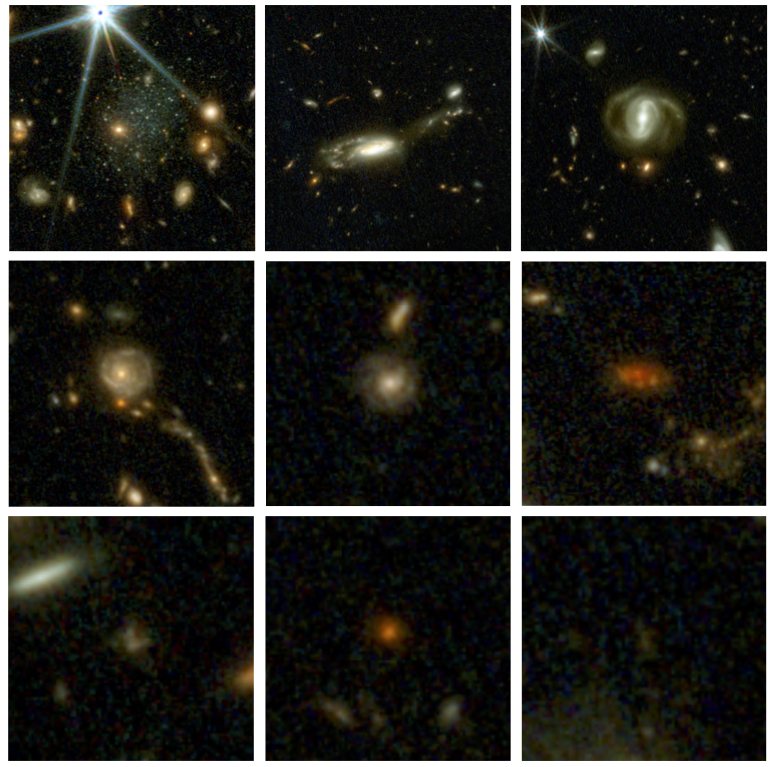Now Reading: Base editors model mitochondrial disease
-
01
Base editors model mitochondrial disease
Base editors model mitochondrial disease

- News & Views
- Published:
Gene editing
(2025)Cite this article
Subjects
Optimized TALE base editors are used to generate a rat model of mitochondrial disease and then revert the disease mutation in the next generation.
This is a preview of subscription content, access via your institution
Access options
Access Nature and 54 other Nature Portfolio journals
Get Nature+, our best-value online-access subscription
27,99 € / 30 days
cancel any time
Subscribe to this journal
Receive 12 print issues and online access
195,33 € per year
only 16,28 € per issue
Buy this article
- Purchase on SpringerLink
- Instant access to full article PDF
Prices may be subject to local taxes which are calculated during checkout

References
-
Chen, L. et al. Nat Biotechnol. https://doi.org/10.1038/s41587-025-02685-x (2025).
-
Chen, L. et al. Nat. Biotechnol. https://doi.org/10.1038/s41587-025-02684-y (2025).
-
Wen, H. et al. Signal Transduct. Target. Ther. 10, 9 (2025).
-
Mok, B. Y. et al. Nature 583, 631–637 (2020).
-
Cho, S.-I. et al. Cell 185, 1764–1776.e12 (2022).
-
Fan, Y. et al. Nat. Biotechnol. https://doi.org/10.1038/s41587-025-02608-w (2025).
-
Yi, Z. et al. Nat. Biotechnol. 42, 498–509 (2024).
-
Hu, J. et al. Nat. Biotechnol. 42, 936–945 (2024).
-
Mok, B. Y. et al. Nat. Biotechnol. 40, 1378–1387 (2022).
-
Cho, S.-I. et al. Cell 187, 95–109.e26 (2024).
-
Lei, Z. et al. Nature 606, 804–811 (2022).
-
Zhang, X. et al. Nature 639, 735–745 (2025).
Ethics declarations
Competing interests
J.B. is a part owner of a patent covering the use of TALEs.
Rights and permissions
About this article
Cite this article
Buchholz, P., Boch, J. Base editors model mitochondrial disease.
Nat Biotechnol (2025). https://doi.org/10.1038/s41587-025-02706-9
-
Published:
-
DOI: https://doi.org/10.1038/s41587-025-02706-9























